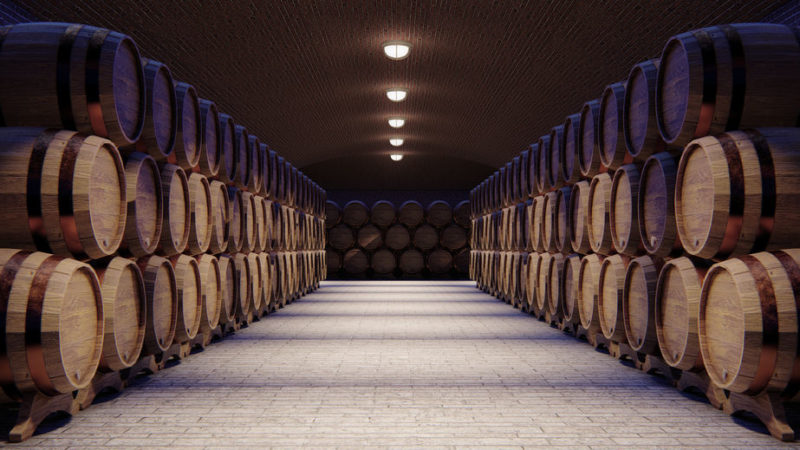Inventory costing is the most complex part of winery accounting. In order to comply with Generally Accepted Accounting Principles (GAAP), wineries must take into account the cost of grapes that go into the wine, the cost of the wine that goes into the bottle, and the cost of bottling and packaging the finished product.
Most small and mid-size wineries use Actual Cost accounting, which involves tracking each grape lot and bulk wine lot physically and financially from receipt through bottling. While Actual Cost accounting is very thorough and precise, it takes a fair amount of time to collect the information and can create unit costs that fluctuate greatly from one period to the next.
It’s not uncommon for wineries to use the Standard Cost accounting method as opposed to Actual Cost accounting. Under the Standard Cost accounting method, the winery develops standard metrics and applies the standard to the wine cost per case. Common metrics include farming cost per acre, yields per ton, winery overhead per gallon of wine produced each month, and packaging materials per case.
Identifying Variances by Component
It’s important to note that Standard Cost accounting is not GAAP compliant unless and until the winery performs an Actual Cost accounting true-up at the end of the year. The difference between Standard Cost and Actual Cost is then recorded as a Standard Cost Variance on the balance sheet and can be amortized over the following year to $0 by year end.
An important step at year-end is to identify variances by component. Several different factors can impact cost throughout the year. Wineries must look at whether vineyard yields were less than expected, bottling yields were lower, or if the winery’s overhead or packaging costs were higher. A thorough analysis of all variances helps refine the following year’s Standard Cost and reduce the variance.
Frequently, winemakers and winery owners believe they know the cost per case better than their accountants. However, it’s easy to forget the exceptions. Several factors can impact cost. These factors may not be immediately obvious to the winery. For example, vineyard yields could be half as much as expected, the winery may have blended in bulk wine at two times the cost, the winery could have bottled into shiners and then rebottled in new glass, or maybe the winery ordered 25% more labels than they used. With a Standard Cost system, the winery accounts for these exceptions in the variance as opposed to the Standard Cost per case.
Pros & Cons of Adopting a Standard Cost System
There are numerous benefits to wineries adopting a Standard Cost system. The Standard Cost method is simpler, takes less time, and results in lower accounting costs. The Standard Cost system allows wineries to know their cost per case one year in advance. This eliminates mysteries of why cost differs from year to year.
While the Standard Cost system enables wineries and winery owners to save money and time over the Actual Cost accounting method, there are some drawbacks to this method as well. Standard Costing does not provide a true representation of what actually happened, but rather what should have happened.
If you and your winery would like to explore the idea of how a Standard Costing model could help you cost your wine faster, cheaper, and with better information, please contact Tim Allen at Allen Wine Group.

